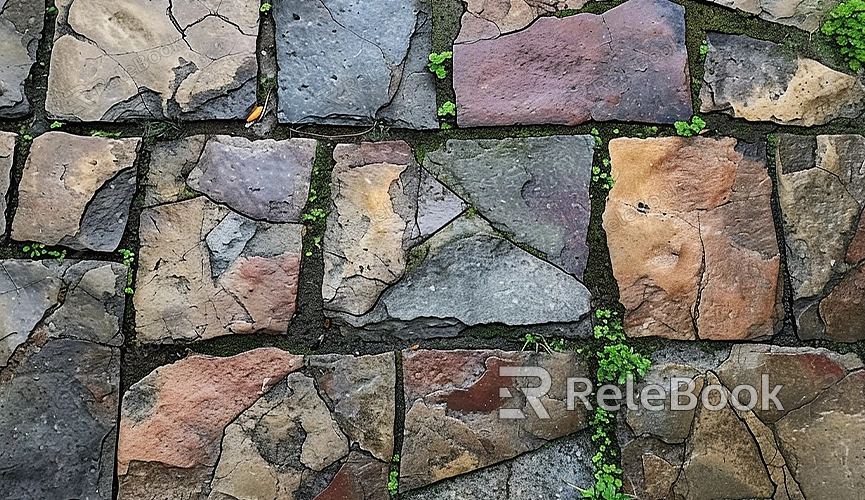Blender how to tile texture
Blender, as a powerful 3D modeling and animation software, provides the functionality of tiling textures, allowing models to render coherent and aesthetically pleasing texture effects. Texture tiling means repeating the use of the same texture pattern on the surface of an object. This process requires careful and patient operation to ensure a natural transition of patterns at seams, avoiding visually discordant effects. Below are techniques for using texture tiling and several examples of its application, demonstrating how to cleverly enhance visual effects.

Using the node editor, add a "Mapping" node or a similar node in the input nodes of the texture. Adjust the tiling (Scale) parameters of the "Mapping" node. Increasing the scaling values on the X, Y, or Z axis allows the texture to repeat multiple times on the model's surface, achieving the tiling effect.
In the property editor, select the texture, enter the texture panel. Locate the texture coordinate options, usually under "Mapping" or "Coordinates," adjust the tiling (Repeat) values to make the texture cover the model's surface repeatedly.
Edit the UV mapping of the model in the UV editor, ensuring the texture is repetitively arranged in UV space. This way, when the texture is mapped onto the model's surface, it will exhibit the tiling effect.
1. Stone Brick Texture for Old Castle Walls
When designing an ancient castle scene, applying a brick texture to the walls imparts a delicate texture to the stone bricks. Each stone brick seems to carry the traces of time, giving the entire castle a sense of antiquity and solidity.
2. Mediterranean-Style Bathroom Wall Tiles
For designing a Mediterranean-style bathroom, using brick texture for tiles can simulate an elegant wall tile effect. Each wall tile exudes a fresh atmosphere, bringing tranquility and warmth to the bathroom.
3. Ceramic Tile Flooring for American Country Kitchen
When creating an American country-style kitchen, applying brick texture to the floor showcases the natural texture of ceramic tiles. Each floor tile is filled with rustic charm, bringing simplicity and warmth to the kitchen.
4. Marble Floor Tiles for Modern City Apartment
When designing a modern city apartment, using brick texture imparts a sense of nobility to simulate marble floor tiles. Each floor tile appears smooth and luxurious, injecting a fashionable vibe into the urban apartment.
5. Gravel Path in Oriental Courtyard
For simulating an Oriental courtyard scene, using brick texture creates the texture of a gravel path. Each brick seems to pave the way to nature, bringing tranquility and serenity to the courtyard.
6. Asphalt Texture for Racetrack Ground
When designing a racetrack, using brick texture for the ground can simulate the delicate texture of asphalt. Each brick carries the marks of racing, making the entire track appear more realistic and full of excitement.
7. Slate Path in Rainforest
When creating a rainforest scene, using brick texture can simulate a slate path. Each brick presents a moist touch, adding mystery and vitality to the rainforest.
8. Concrete Flooring for Modern Industrial Office
When designing a modern industrial-style office, applying brick texture to the floor simulates the raw feel of concrete. Each floor tile exhibits a simple and solid industrial style. If you need many high-quality 3D textures and HDRI, you can download them from Relebook and import the textures directly into your models after downloading.

